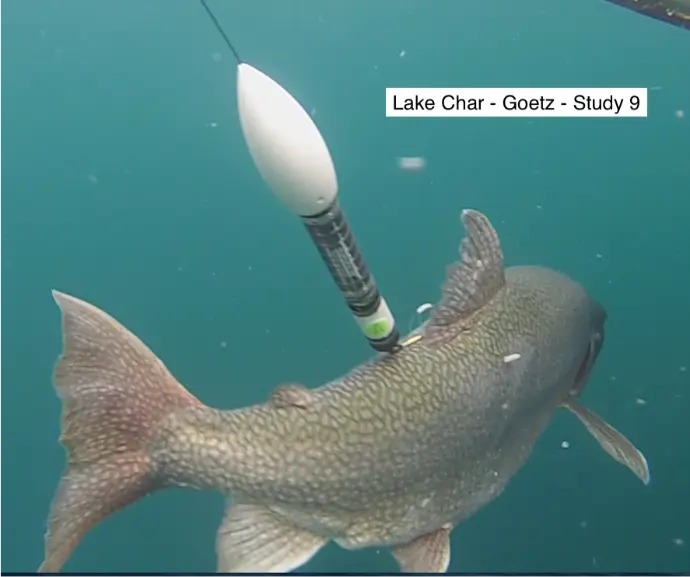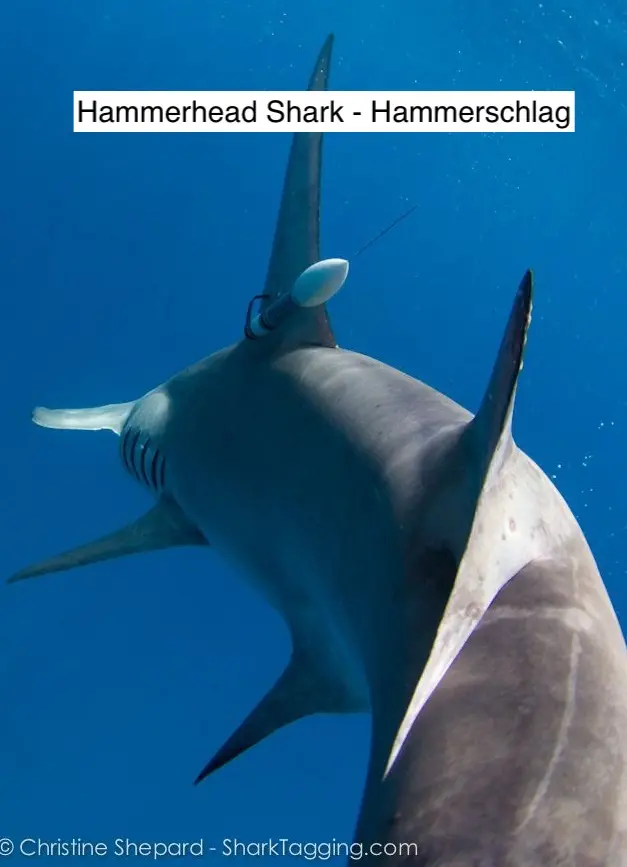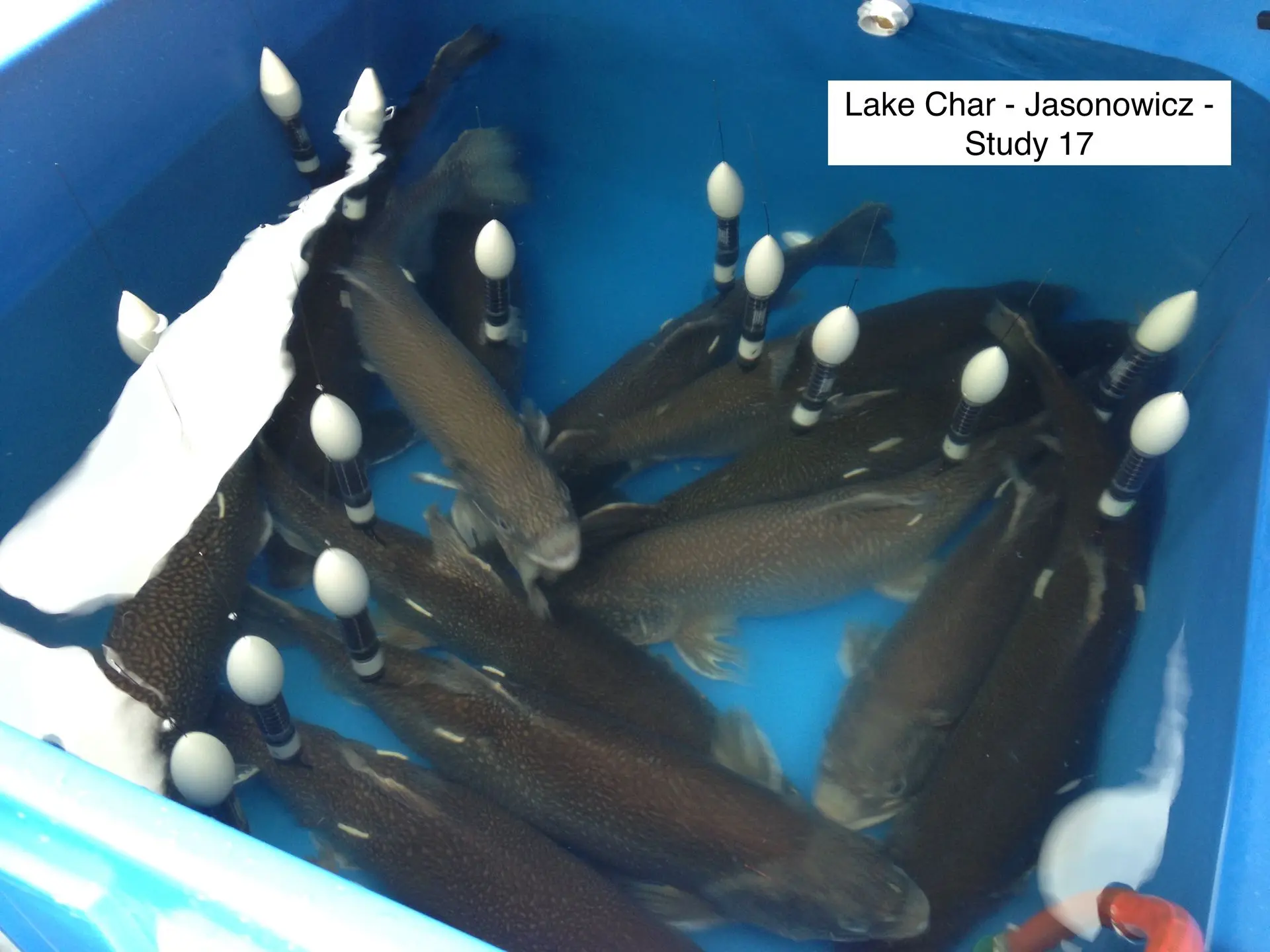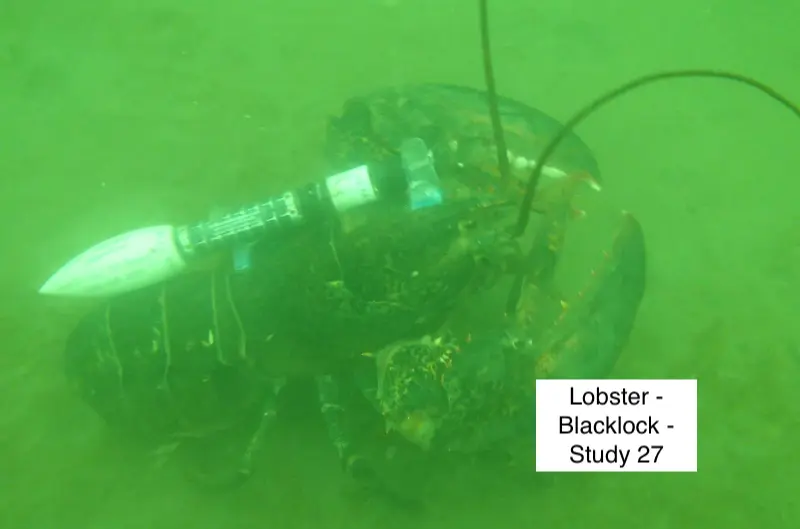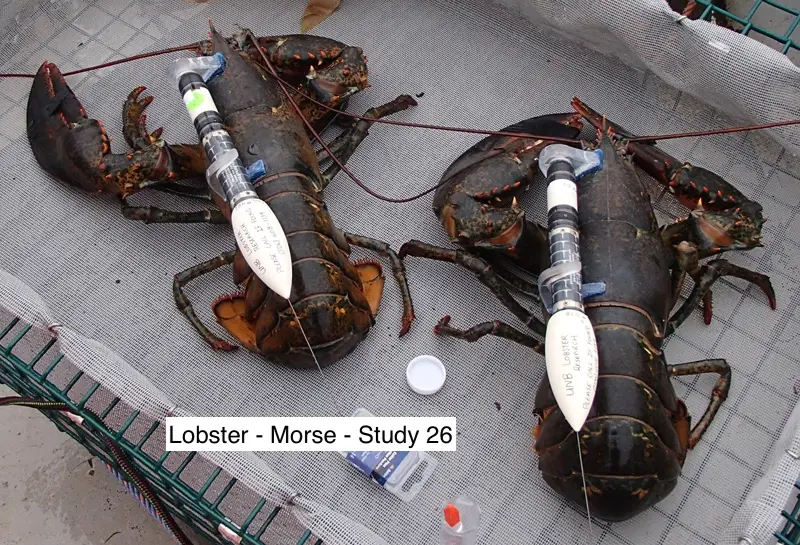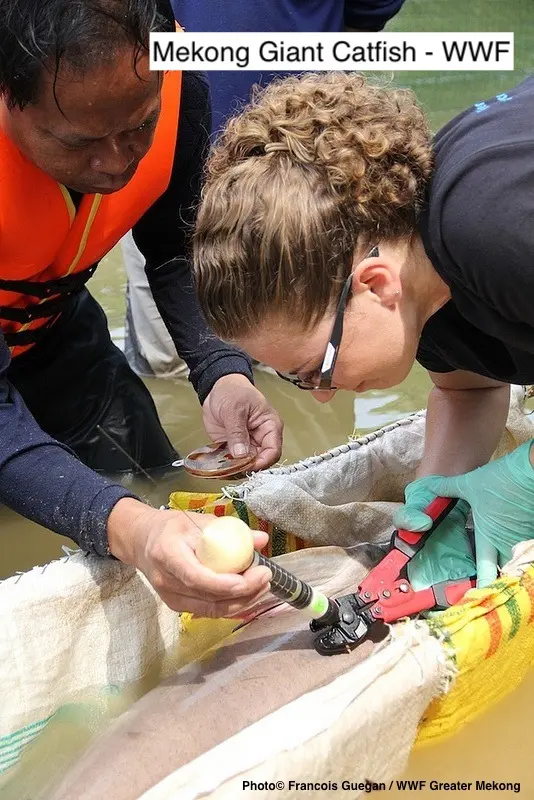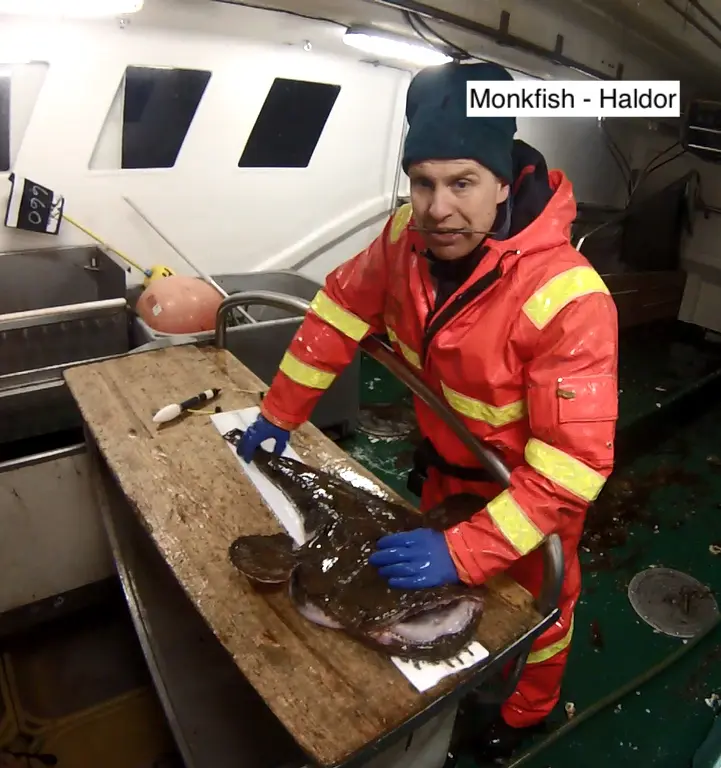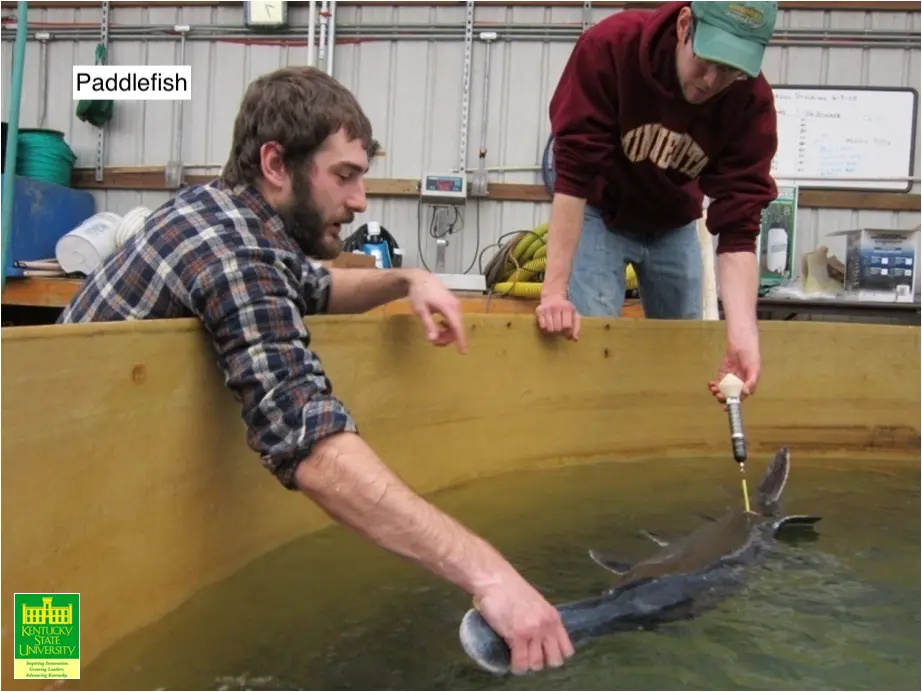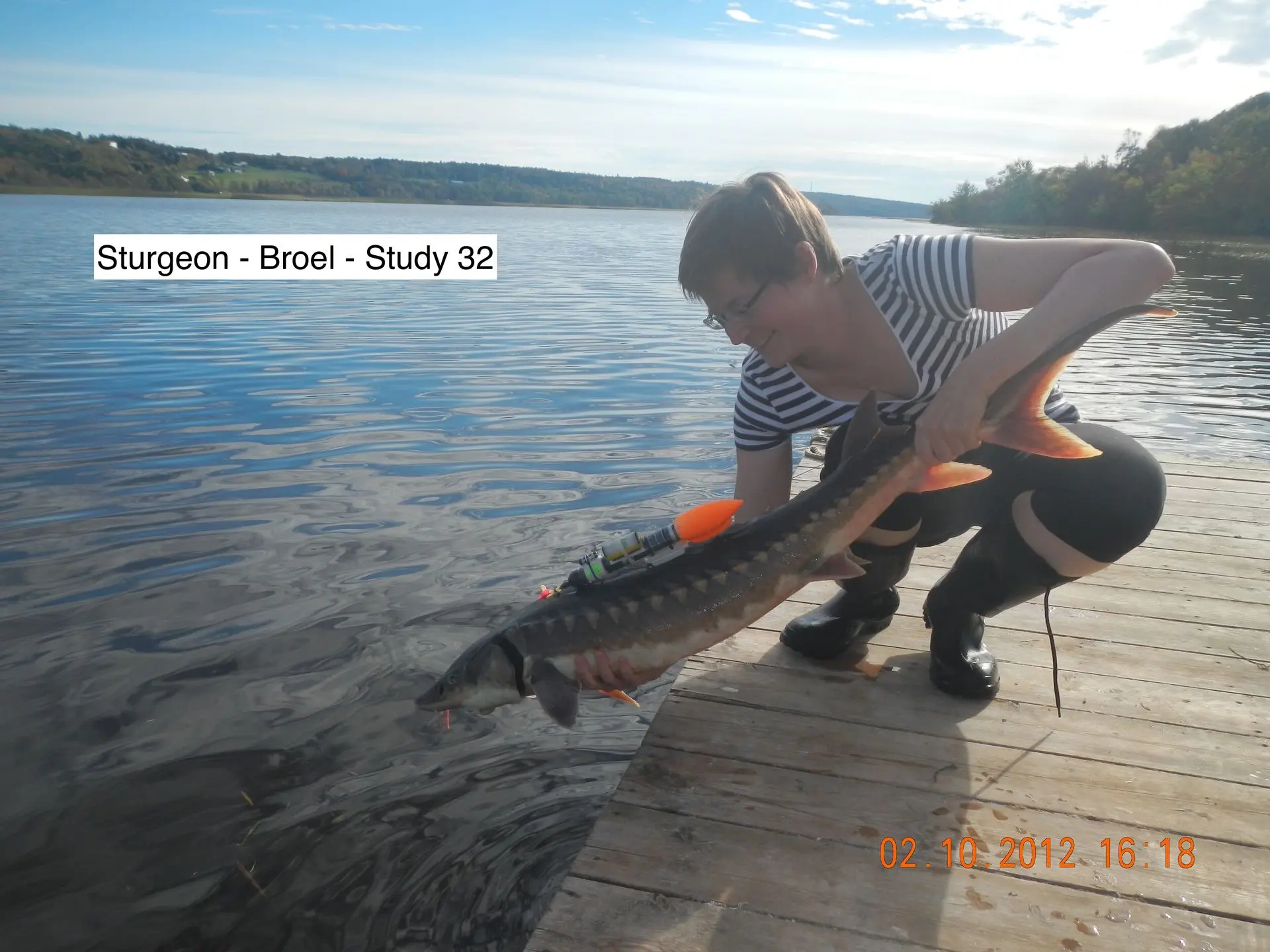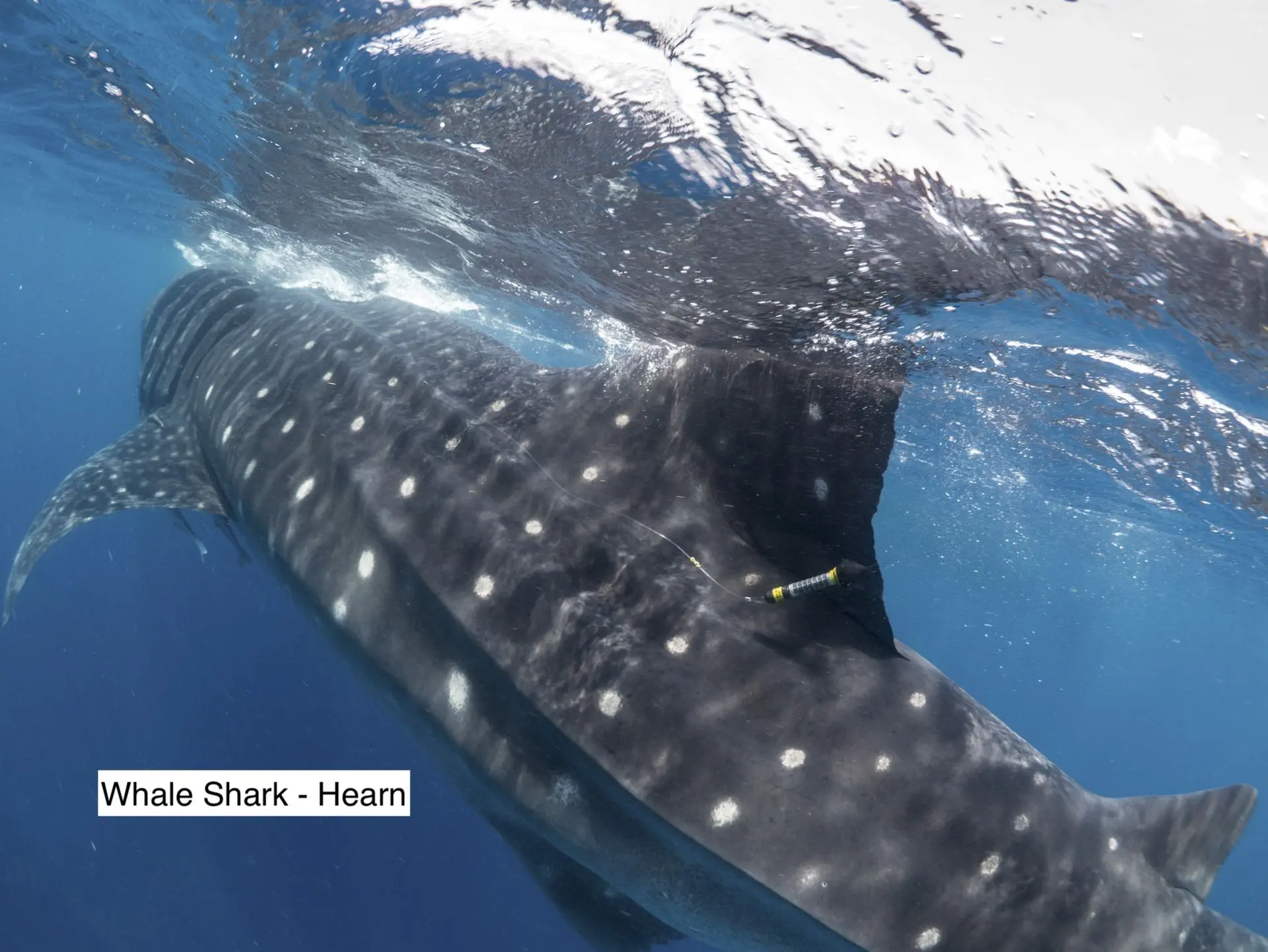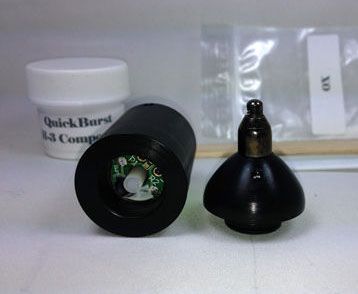SeaTag-MOD
Welcome to the tag for your highly specialized study. High resolution data collection with detailed behavioral insights
Solar Powered
Enables long-term data transmission, often lasting months or years.
Modular Design
Instantly reusable with interchangeable release sections
Large Memory
GB microSD card stores hundreds of millions of sensor readings.
High Resolution Data
Capable of capturing many sensor scans per second.
Kinetic Release
Strong holding power with fast, definitive release in both sea and freshwater.
Product Overview
The SeaTag-MOD™ modular pop-up satellite tag provides a detailed representation of what happens along the migration pattern of a species through its built-in depth, accelerometer, magnetometer and temperature sensor. The SeaTag-MOD transmits data via the Argos satellite.
Significantly more capable than competitors and at a significantly lower price point, only $1,750-$2,500. This economy enables leading edge research on a larger sampling of animals within a given budget, boosting the relevance of results. And, because we build these tags to stock you can often procure them within days.
Results are assured through our optional SeaTag-GOLD™ program. Under this program, unique in the industry, we review your tagging plans and the configuration of the tag. You expose the tag to sunlight for a day and we remote inspect the performance through analysis of its satellite transmitted engineering packets. With the devices signed off, you proceed with tagging. If any tag does not perform or not report or minimally report we provide a replacement at no additional cost!
NEW SeaTag-SP version with spawning detection capabilities. Contact us for more details.
Data Collection
Our SeaTag-MOD captures a comprehensive set of data to provide detailed insights into marine wildlife behavior. The tag collects information on:
- Location (derived from magnetic field intensity and noon time values)
- Time
- Temperature
- Depth/pressure
- Acceleration (3-axis)
- Earth's magnetic field strength (3-axis magnetometer)
- Light levels (via solar cell)
The tag can sample data as frequently as once every 16 seconds and store it on a 2GB microSD card. This allows for detailed time series data collection, providing a comprehensive representation of the animal's migration pattern and behavior.
Specifications
SeaTag-MOD™ consists of two sections: the main section and a payload or release section. The main section houses the sensor suite and related mechanical parts (3-axis magnetometer, 3-axis accelerometer, depth sensor, temperature sensor, solar power system, Argos transmitter, microSD card, and low-drag float). The release section houses the burn chamber and tether attachment point and a swivel (no swivel is optional).
The modular design makes SeaTag-MOD instantly reusable. Its solar powered transmissions, often lasting months or even years, not only allow you to retrieve detailed time series data in addition to summaries, but also enable recovery of popped-up or shedded tags when near shore or on the beach. With gigabytes of memory, a data treasure trove awaits you in these cases. And following data recovery and perhaps some cleaning, just attach a new release section and use again!
In addition, the modular design means advanced users can develop payload sections such as dissolved oxygen, salinity sensing, or other non-standard sensors. For example, the development of a camera section for the tag is currently in progress.
We doubt that you would actually plan a mission for 400 years, but if you did our tag is the only one that will get you there – at a rate of one full sensor scan every 4 minutes. The reason? It’s 2GB microSD card can store hundreds of millions of sensor readings.
More realistically however, you can use all this memory to store very high resolution data virtually without limit. And, with features such as SeaTag’s high-resolution acceleration (HRA) monitoring that captures many sensor scan per seconds, backed up by solar power and/or a battery section to support real intense data acquisition, this memory comes in quite handy.
The release mechanism for the and our other tags is SeaTag-MOD™ kinetic. Unlike galvanic corrosion designs of other manufacturers, the holding power is strong and the release fast and definitive. The release equally works in sea or fresh water and will not be disabled by fouling.
The release section can also be swapped out on the fly. Imagine you’re out on the boat, recover a tag, and want to re-deploy it. Using a miniPAT or X-Tag you’ll need to send it in, spend nearly a thousand dollars, and cross your fingers that you get it back in a reasonable time…or at all. Whereas, with the SeaTag-MOD™ you’ll unscrew the 3 set screws, unplug the used release, download the data on the tag, re-program it, plug in the new section ($400) and you’re good as new!
We’ve heard this scenario a lot. A tag pops up after at last a long time on-animal and it’s a real nail biter if it can deliver its precious data load before the battery runs dry and it goes silent. For that reason, we designed our tags with solar power. SeaTag-MOD™ can go on and on and on…like the Energizer Bunny, but better! The wrap around solar cells act as energy harvesters charging the tag’s internal capacitor packs. This capability, unique to SeaTag devices, removes any hard limitation on Argos transmissions meaning that the tag can transmit actual time series data rather than binned or compressed (which are the limitations of battery powered devices). Tags can and routinely do transmit for months and even years.
And yes, it works underwater! Solar energy harvesting generally is possible to a depth of about twice the vertical visibility. That means that for the many animals, the need for batteries is a thing of the past.
For species that remain in darkness for extended periods of time or where fast sampling rates beyond solar power limits are required, use the battery integrated release section to augment power; but still rely on the sun to transmit your high resolution data following release!
Modular Payload Design
We’ve heard this scenario a lot. A tag pops up after at last a long time on-animal and it’s a real nail biter if it can deliver its precious data load before the battery runs dry and it goes silent. For that reason, we designed our tags with solar power. SeaTag-MOD™ can go on and on and on…like the Energizer Bunny, but better! The wrap around solar cells act as energy harvesters charging the tag’s internal capacitor packs. This capability, unique to SeaTag devices, removes any hard limitation on Argos transmissions meaning that the tag can transmit actual time series data rather than binned or compressed (which are the limitations of battery powered devices). Tags can and routinely do transmit for months and even years.
And yes, it works underwater! Solar energy harvesting generally is possible to a depth of about twice the vertical visibility. That means that for the many animals, the need for batteries is a thing of the past.
For species that remain in darkness for extended periods of time or where fast sampling rates beyond solar power limits are required, use the battery integrated release section to augment power; but still rely on the sun to transmit your high resolution data following release!
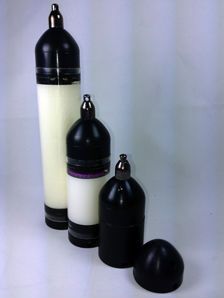
Precise Magnetic Positioning

Estimating animal migration underwater, without the use of GPS or Argos, used to be fraught with uncertainty. The choice has been poor quality of daily locations (or none at all) or using every filter known to man (or biologist) to come up with a ‘most probable track’ that may yet be poorly substantiated. Tags that rely solely on light or perhaps sea surface temperature for position estimation are at a huge disadvantage. Detecting latitude by light measurements is uncertain business and highly subject to error by normal events such as cloud cover, obscure diving behavior, turbid waters, and even just the equinox. Sea surface temperature can help, if there is a good gradient, but even then only if the animal ventures near the surface.
Therefore, SeaTag devices use a magnetometer to estimate the animal’s latitude. This much tightens latitude estimates and now routinely allows for regional migration studies with scales of just tens or hundreds of miles in addition to oceanic migration (Kimely). Our light based longitude, taking in much smoother light measurements using the tag’s entire solar panel covered surface also yields excellent and generally superior results.
In addition, in the deep ocean beyond the reach of sunlight where other tags entirely fail to record useful positions SeaTag again wins. Magnetic sensing is reliable to the deepest of depths, and even in the absence of sunlight some position estimation is possible by correlation with other factors such as bathymetry.
Average position errors across many experiments is documented in the 30-40 nautical mile range but there are also verified records with errors in the teens. That compares to often hundreds of nautical miles error experienced by tags that use light for latitude.
Safety Precaution
Please treat the SeaTag-GEO kinetic release as a loaded gun. While it is not as dangerous as a loaded gun, please use common sense and do not point at any part of the body or at anyone else. The approximate force of the kinetic release is around the force of a paint-ball gun. It is extremely important that you do not aim the kinetic release at the face, eyes or any other sensitive part of the body due to the potential for injury.
Please refer to the operator’s manual or MSDS for additional information.
HAZMAT Regulation
The following information is specific to the SeaTag-GEO kinetic release:
Per the “De Minimis” exemption of CFR 173.4B, the release kits can be shipped and transported legally including on passenger aircraft. You can carry any reasonable number of these kits, as the quantity exemption is per package. However, the exemption only applies to the kit with its unmixed components.
Once mixed you can no longer transport or ship the material legally without compliance with HAZMAT regulations. While use in carry-on luggage is in principal not against regulations, TSA has informed us that inspectors would likely not permit it because compounds could be mixed onboard.
Therefore, we recommend that you transport the kits in checked luggage only. We have traveled across the globe both domestically (USA) and internationally with the release kits without ever running into a problem (in our checked luggage).


